ECS celebrates 115 years of academic publishing
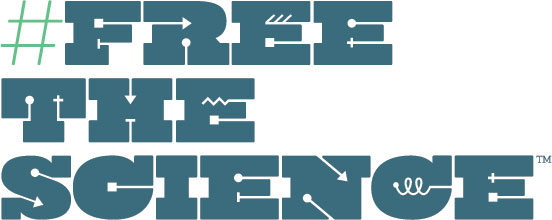 ECS is celebrating its 115th anniversary this year by giving the world a preview of what complete open access to peer-reviewed scientific research will look like. ECS will launch the first Free the Science Week, April 3-9, and take down the paywall to the entire ECS Digital Library, making over 132,000 scientific articles and abstracts free and accessible to everyone.
ECS is celebrating its 115th anniversary this year by giving the world a preview of what complete open access to peer-reviewed scientific research will look like. ECS will launch the first Free the Science Week, April 3-9, and take down the paywall to the entire ECS Digital Library, making over 132,000 scientific articles and abstracts free and accessible to everyone.
In April of 1902, a group of innovative young scientists sought a new forum to discuss, publish, and disseminate developments in the growing field of electrochemistry. They formed the American Electrochemical Society in Philadelphia, the home of independence and the first free public library in the United States; a history befitting an organization that aims to Free the Science around the globe.
More than 100 years later and operating now as ECS, scientists and engineers worldwide are still engaged in our thriving community. Now, as electrochemistry and sold state science & technology become ever more relevant to the future of our planet, holding the keys to innovation in renewable energy, biomedical, water, sanitation, communications, transportation, and infrastructure sectors, ECS is continuing to find ways to lead and influence our scientific field.
Free the Science Week is part of ECS’s long-term Free the Science initiative, which will provide free access to the peer-reviewed research in the entire ECS Digital Library, not just this week, but permanently.


 ECS is partnering with
ECS is partnering with 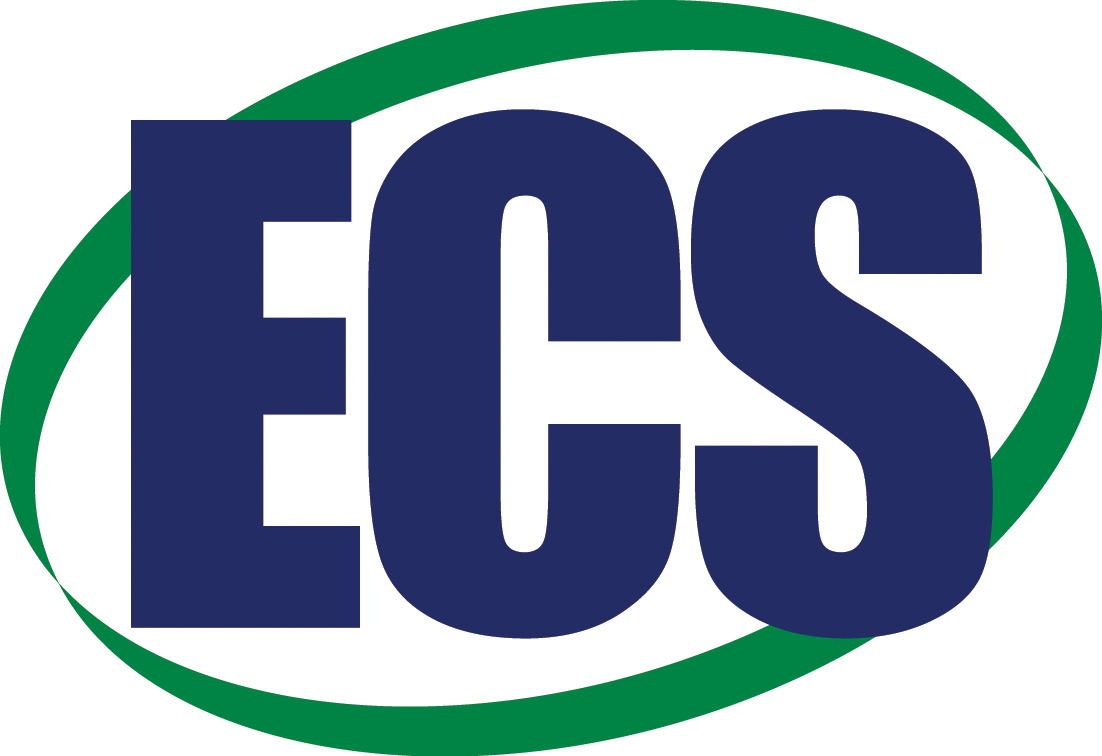 The
The  The open access movement has bolstered content dissemination worldwide, but it has also led to the rise of “predatory publishers.” Instead of prioritizing the quality of the content, predatory journals exist to take advantage of the pay-to-publish open access system, enforcing a lax or non-existent peer review system while charging authors processing fees to publish their work.
The open access movement has bolstered content dissemination worldwide, but it has also led to the rise of “predatory publishers.” Instead of prioritizing the quality of the content, predatory journals exist to take advantage of the pay-to-publish open access system, enforcing a lax or non-existent peer review system while charging authors processing fees to publish their work.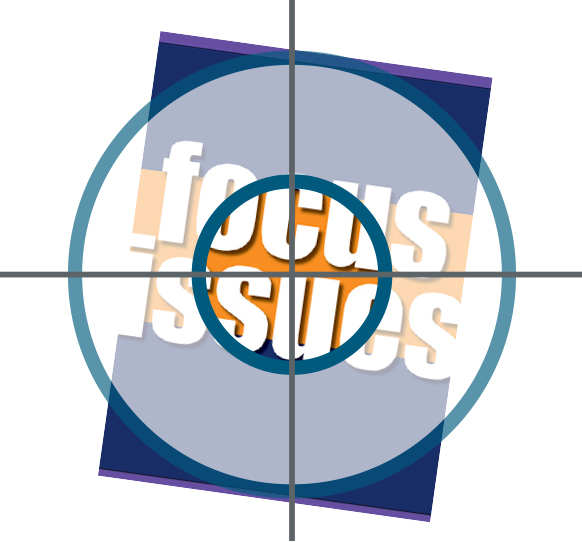
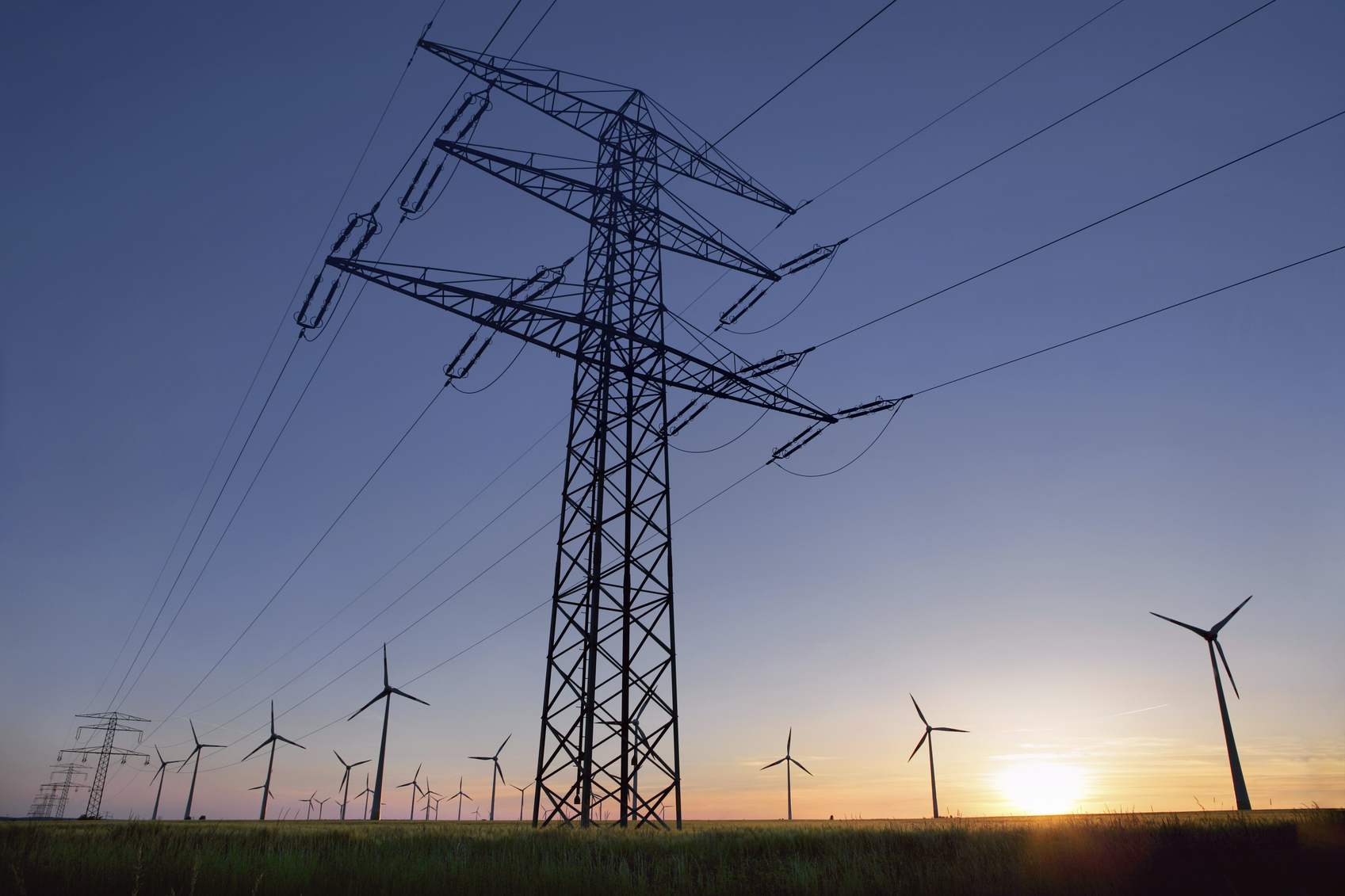 The electric grid is an amazing integrated system of machines spanning an entire continent. The National Academy of Engineering has called it one of the
The electric grid is an amazing integrated system of machines spanning an entire continent. The National Academy of Engineering has called it one of the 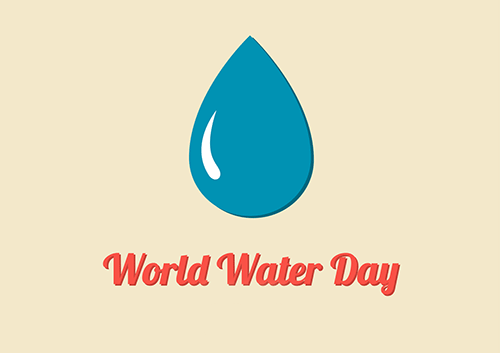 Every year on March 22, people around the globe celebrate World Water Day to advocate for improved access to clean water internationally. To date, there are over 663 million people living without a safe water supply close to home, leading to families spending countless hours retrieving water from distant sources or coping with the health impacts of using contaminated water.
Every year on March 22, people around the globe celebrate World Water Day to advocate for improved access to clean water internationally. To date, there are over 663 million people living without a safe water supply close to home, leading to families spending countless hours retrieving water from distant sources or coping with the health impacts of using contaminated water.